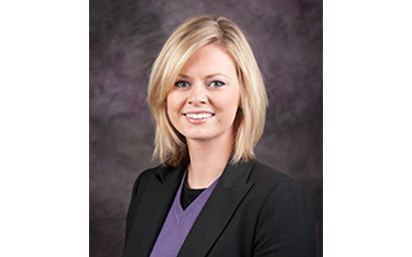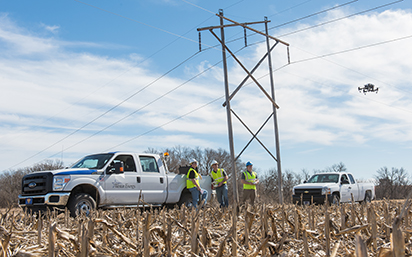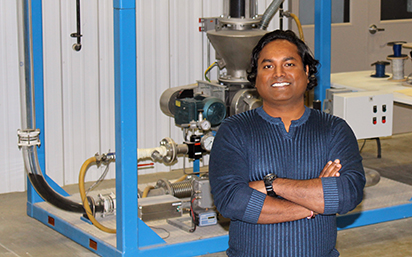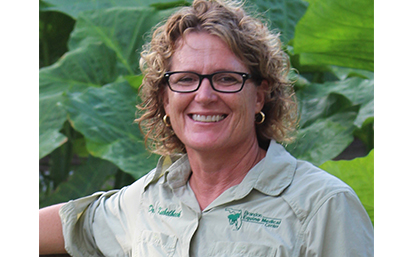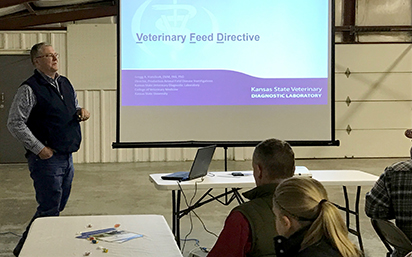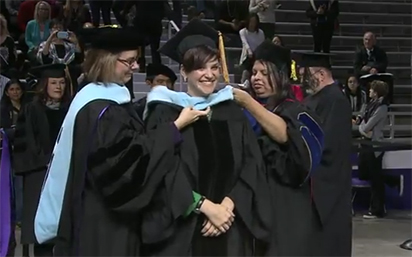
K-State celebrates fall commencement with more than 1,600 degrees awarded
Kansas State University welcomed a new group of graduates into the K-State Family during fall commencement ceremonies in December.
The university awarded more than 1,250 bachelor’s degrees, 300 master’s degrees, 80 doctorates and five associate degrees. More than 160 students earned their degrees through K-State Global Campus.
K-State President Richard B. Myers ’65 addressed students at the Graduate School commencement ceremony in Bramlage Coliseum, offering words of encouragement and hope for the new graduates. Myers said he graduated from K-State during a turbulent decade, where students had to face numerous challenges. Although there are still many problems to be solved today on a local, national and international level, he said K-State’s 2016 graduates have the tools it will take to make a positive difference.
“We are an interconnected world, and that’s good,” Myers said. “Because that’s how we’re going to help solve some of these problems. I’m inspired by you all — you all have the energy and the enthusiasm and the vision and the passion to change things. The world needs your leadership.”
Myers encouraged the students to uphold values such as integrity, selfless leadership and service, critical thinking, and continued learning. He is looking forward to seeing what the next generation of Wildcats will accomplish.
“I couldn’t be prouder, as your new president at Kansas State University, to stand up here and look over this group,” he said. “Congratulations again, and go ’Cats!”
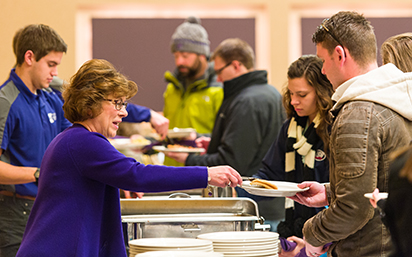 The K-State Alumni Association helped graduates celebrate their new status as alumni
with a special Grad Breakfast hosted at the Alumni Center. Members of the K-State
administration served breakfast to the graduates, who also had a chance to network
and win prizes.
The K-State Alumni Association helped graduates celebrate their new status as alumni
with a special Grad Breakfast hosted at the Alumni Center. Members of the K-State
administration served breakfast to the graduates, who also had a chance to network
and win prizes.
In partnership with the Alumni Association, all colleges provide new graduates with a one-year membership to the K-State Alumni Association. Learn more about membership, which includes benefits such as the K-Stater magazine, the annual wall calendar, valuable discounts and more.
“We are honored to recognize you and all you have accomplished,” K-State Alumni Association president and CEO Amy Button Renz ’76, ’86 said during commencement. “K-State alumni are among the most loyal in the nation. That loyalty is shared worldwide by generations of K-Staters who have the same passion for K-State that you feel today as you earn your degree from one of the finest universities in the nation.”

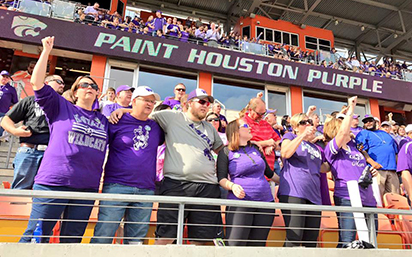
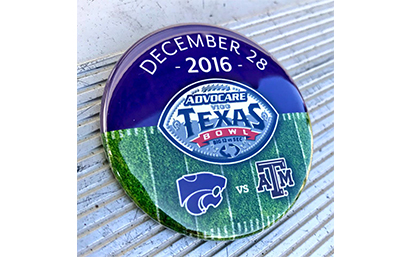
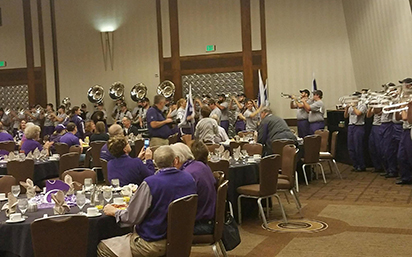



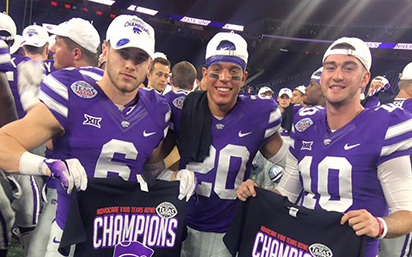
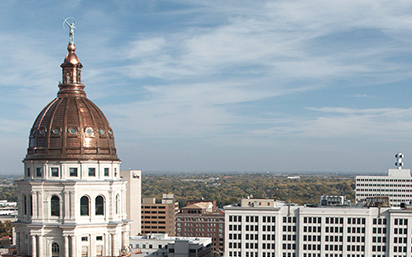
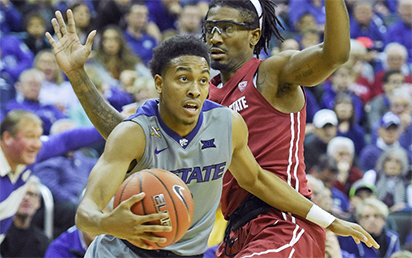
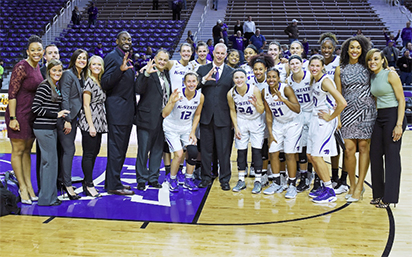 The women’s team, led by head coach Jeff Mittie, is also ready to fight, hoping for
a return trip to the NCAA Tournament this year.
The women’s team, led by head coach Jeff Mittie, is also ready to fight, hoping for
a return trip to the NCAA Tournament this year. 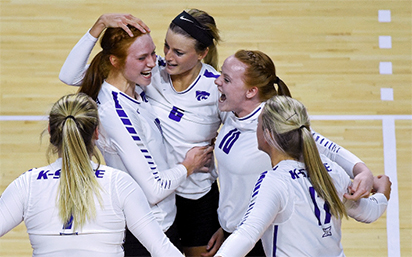
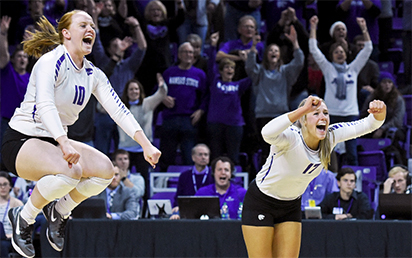 K-State (21-10 overall) finished the 2016 season in a tie for fourth in the Big 12,
made its 17th postseason appearance, and hosted the first two rounds of the NCAA Tournament
for the first time since 2007 and the sixth time in program history. In the latest
RPI rankings, K-State was 18th, the third-highest team in the Big 12.
K-State (21-10 overall) finished the 2016 season in a tie for fourth in the Big 12,
made its 17th postseason appearance, and hosted the first two rounds of the NCAA Tournament
for the first time since 2007 and the sixth time in program history. In the latest
RPI rankings, K-State was 18th, the third-highest team in the Big 12.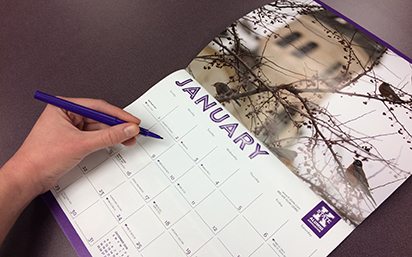
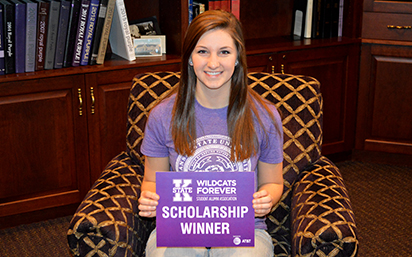
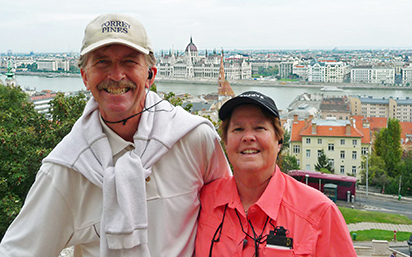
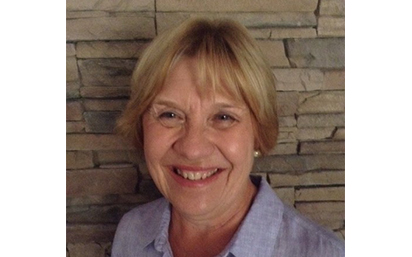 Marieta Francis ’73 was the first in her family to attend K-State. After graduating
with a degree from the College of Human Ecology, she found her passion for human and
environmental health advocacy.
Marieta Francis ’73 was the first in her family to attend K-State. After graduating
with a degree from the College of Human Ecology, she found her passion for human and
environmental health advocacy.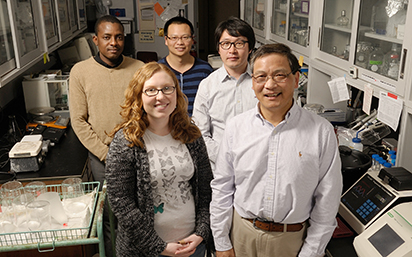
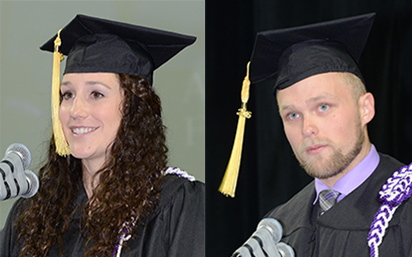
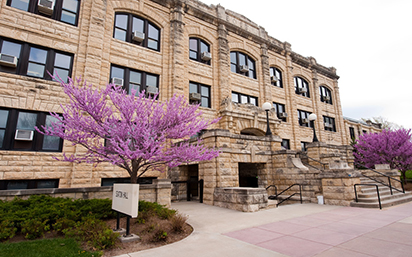

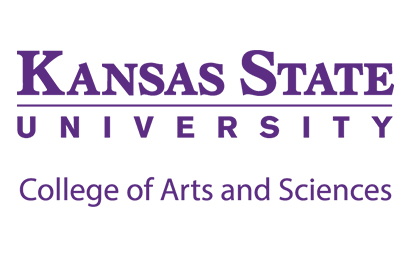
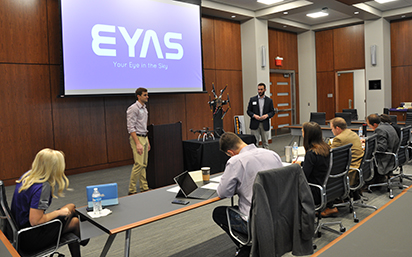
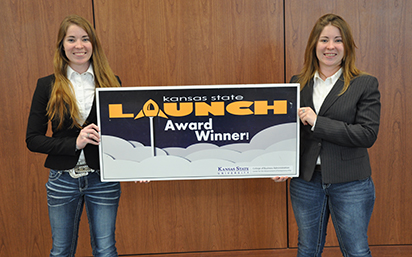 In the end, five businesses were awarded cash prizes by the judges’ panel, with three
being chosen to represent K-State at this spring’s Kansas Entrepreneurship Challenge,
or KEC.
In the end, five businesses were awarded cash prizes by the judges’ panel, with three
being chosen to represent K-State at this spring’s Kansas Entrepreneurship Challenge,
or KEC.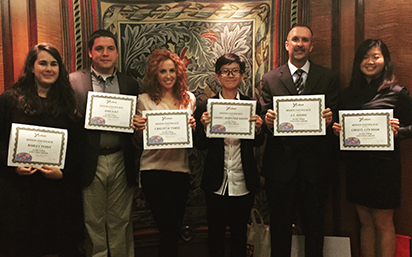
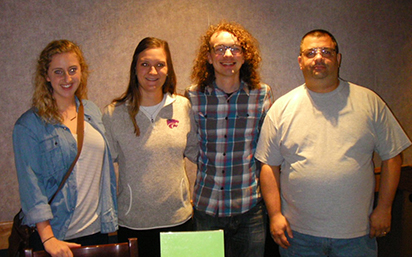
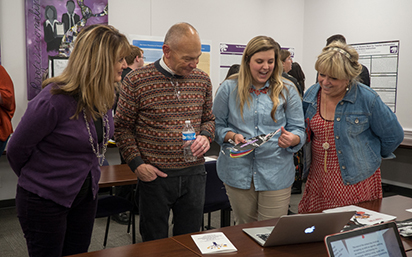
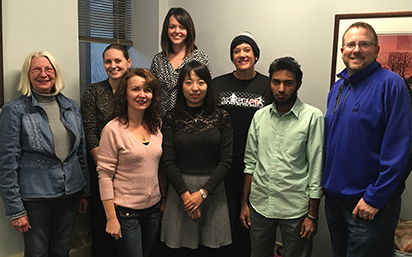 The following scholars presented at the mini conference:
The following scholars presented at the mini conference: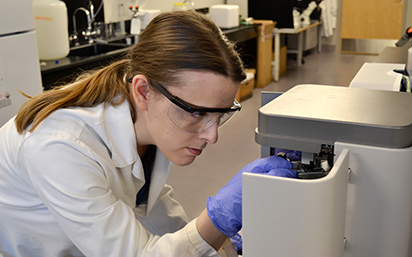

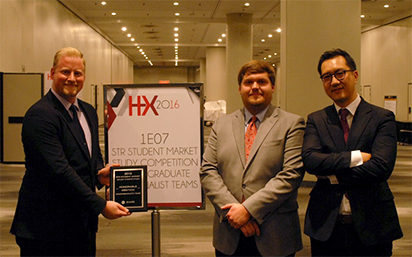
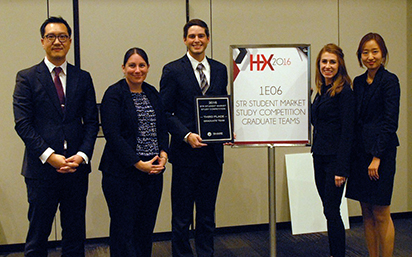 The graduate student team included Michelle Alcorn, Ryan Irvin ’14, Juhyun Kang and
Laura Rozell ’15. They presented on Portland, Oregon, and placed third in the graduate
competition. The undergraduate and graduate students had previously completed an applicable
project in their Lodging Management Theory course, taught by assistant professor Jichul
Jang, wherein they worked with Smith Travel Research data to analyze size, structure
of market, hotel brands and key performance indicators such as occupancy rate percentage.
The graduate student team included Michelle Alcorn, Ryan Irvin ’14, Juhyun Kang and
Laura Rozell ’15. They presented on Portland, Oregon, and placed third in the graduate
competition. The undergraduate and graduate students had previously completed an applicable
project in their Lodging Management Theory course, taught by assistant professor Jichul
Jang, wherein they worked with Smith Travel Research data to analyze size, structure
of market, hotel brands and key performance indicators such as occupancy rate percentage.